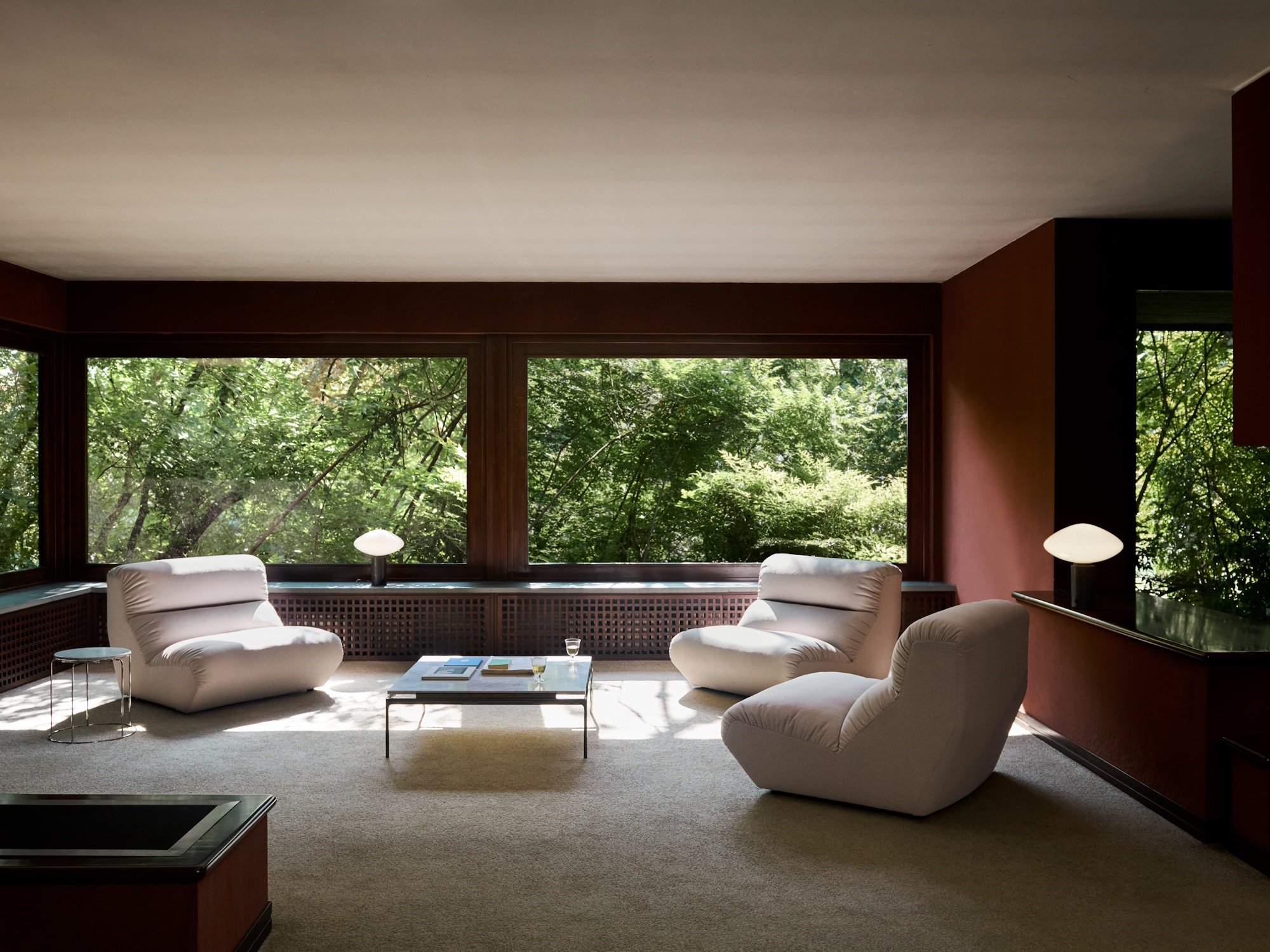
Ideally, lighting design should be taken into account during construction so that there are enough outlets and power connections in the right places. However, the lighting concept in the living area can also be easily improved retrospectively without requiring a great deal of technical expertise.
Living rooms are generally used for a wide variety of purposes—whether for relaxing, reading, watching television, or entertaining guests. The lighting should be just as versatile in order to meet all the requirements for using the living space. Sufficient attention should therefore be paid to lighting in the living room, as appropriate lighting is essential for a comfortable atmosphere at home and the lighting effect varies depending on contrast, light color, or brightness. There are therefore a number of things to consider when planning lighting for the living room.
The luminous flux, which indicates the brightness of a light source, is measured in lumens (lm). Lighting experts recommend 100 lm per square meter for basic lighting in a living room, supplemented by table lamps, floor lamps, or indirect wall lighting. Dimmable lights allow the lighting conditions to be adjusted depending on the situation. The Kelvin unit, on the other hand, describes the light color of a light source, i.e., whether its light is yellowish-warm or bluish-cool. Here, a distinction is made between three ranges:
< 3,300 Kelvin: warm white light – has a relaxing effect
3,300 - 5,300 Kelvin: neutral white light - has an activating effect
> 5,300 Kelvin: daylight white light - promotes concentration
According to experts, the ideal light color or color temperature in the living room is warm white. Light sources with this light color shine like the familiar incandescent bulbs and are reminiscent of the light in the evening hours. Evolutionarily speaking, they signal the end of everyday obligations through our internal clock and signal the beginning of the recovery phase to the body. They radiate coziness and are therefore perfect for the living room. Ultimately, however, the color temperature is a matter of taste, and neutral white light is also suitable for illuminating the living room. In the reading area, on the other hand, a lamp in the higher Kelvin range is recommended.
In general, you don't need as much light in the living room as you do in the kitchen or bathroom, but overall, the amount of lighting required varies depending on the spatial conditions. The size of the room plays a role here, but even brightly furnished rooms require fewer light sources than darker rooms. Before planning the lighting, it is best to determine the most common viewing directions in the living room in order to avoid annoying glare from unfavorable light incidence. Individual lights in the living room should also be switchable separately so that the light can always be adjusted perfectly according to requirements. According to experts, there should be two to three lights in the living room seating area – ideally with dimmers to adjust the brightness to suit the mood. The entire living room, with an average size of 20 square meters, should have three to five light sources.
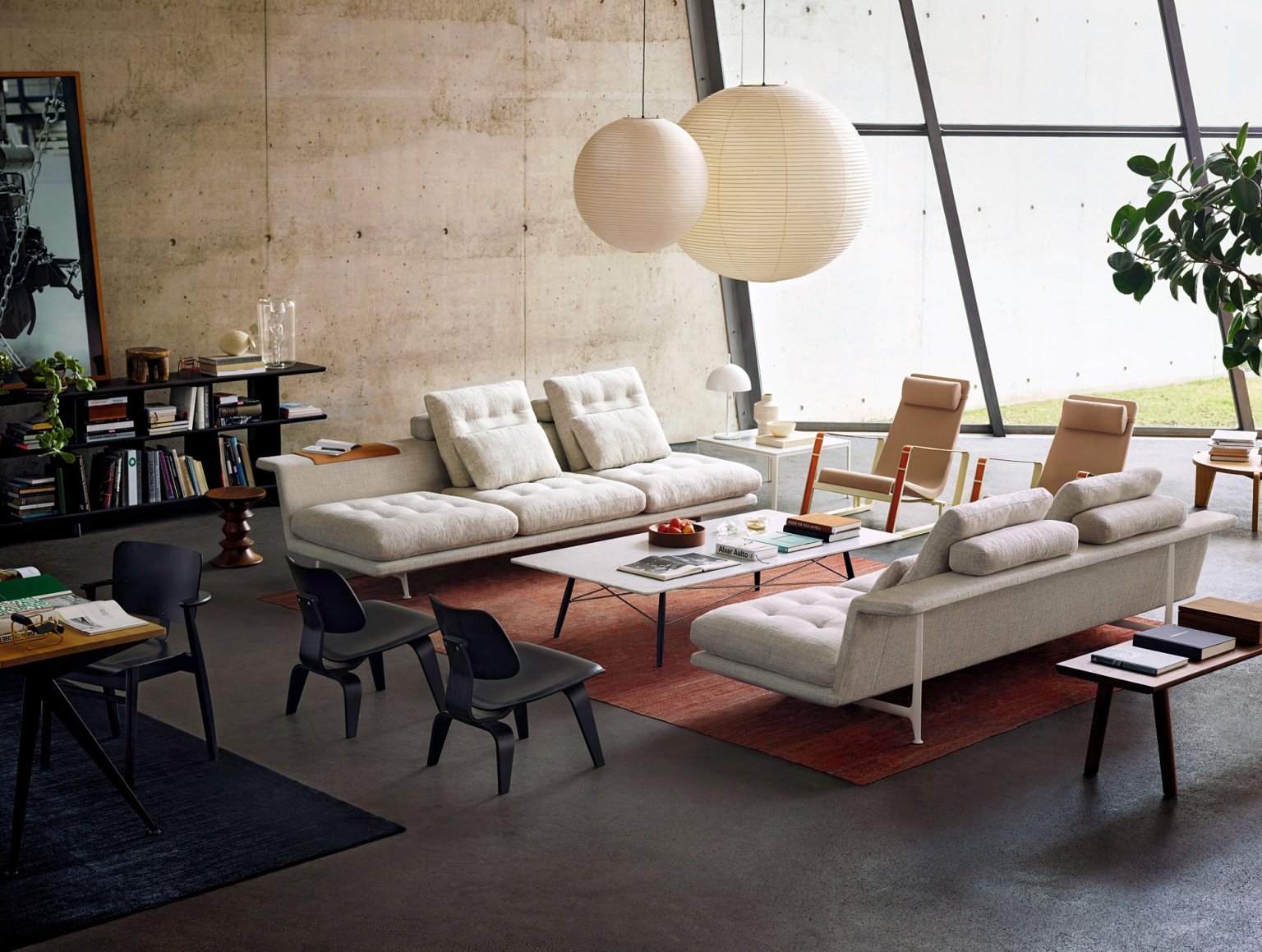
The basis of living room lighting is provided by basic lighting on the living room ceiling and can be created using spotlights, ceiling lights, pendant lights, flexible lights on cable or rod systems, or a combination of several wall lights. Depending on the room conditions, the lamps can be placed in the center of the room or distributed across the ceiling. Pendant lights are often installed above the coffee table. This has two advantages: on the one hand, they are particularly effective there, and on the other hand, the table prevents you from bumping your head against the light. Pendant lights in particular can be a special eye-catcher, as they are available in countless designs and can emphasize the style of a room in their own individual way. Basic lighting does not necessarily have to consist of direct light. A diffuser, which scatters the light and distributes it evenly throughout the room, also provides solid basic lighting and emits a soft, cozy light. Especially with bright spotlights and spotlights, it makes sense to equip them with a dimmer switch so that you can respond to the atmosphere in the room with variable light intensity.
However, ceiling lighting in the living room is not everything. The ideal lighting is created by a mix of three different light sources: table and floor lamps as well as wall lights can be used to add additional accents. Wall lights further enhance the atmosphere and, with their focused light, create an interesting play of light and shadow, which can be further enhanced in combination with mirrors. Small, dark rooms appear brighter, while large rooms with empty, large walls are given a welcome break. Floor lamps with a dual function are also particularly practical in the living room. They have an uplighter that provides indirect light in the room and, at the same time, a flexible lamp with direct light for reading. Table lamps create beautiful accents, whether on the windowsill, the sideboard, on a shelf, or on the side table. They are not only a source of light, but also a decorative object, which is why they can be particularly striking in design. It is important to ensure that the various light sources are visually coordinated and do not outshine each other – if the ceiling light is extravagant, complementary lights should be more inconspicuous; if, on the other hand, small spotlights and discreet wall lights are used, table lamps can be more opulent. In addition, the rest of the living room furnishings should also be taken into account and the lights should harmonize visually with the furniture.
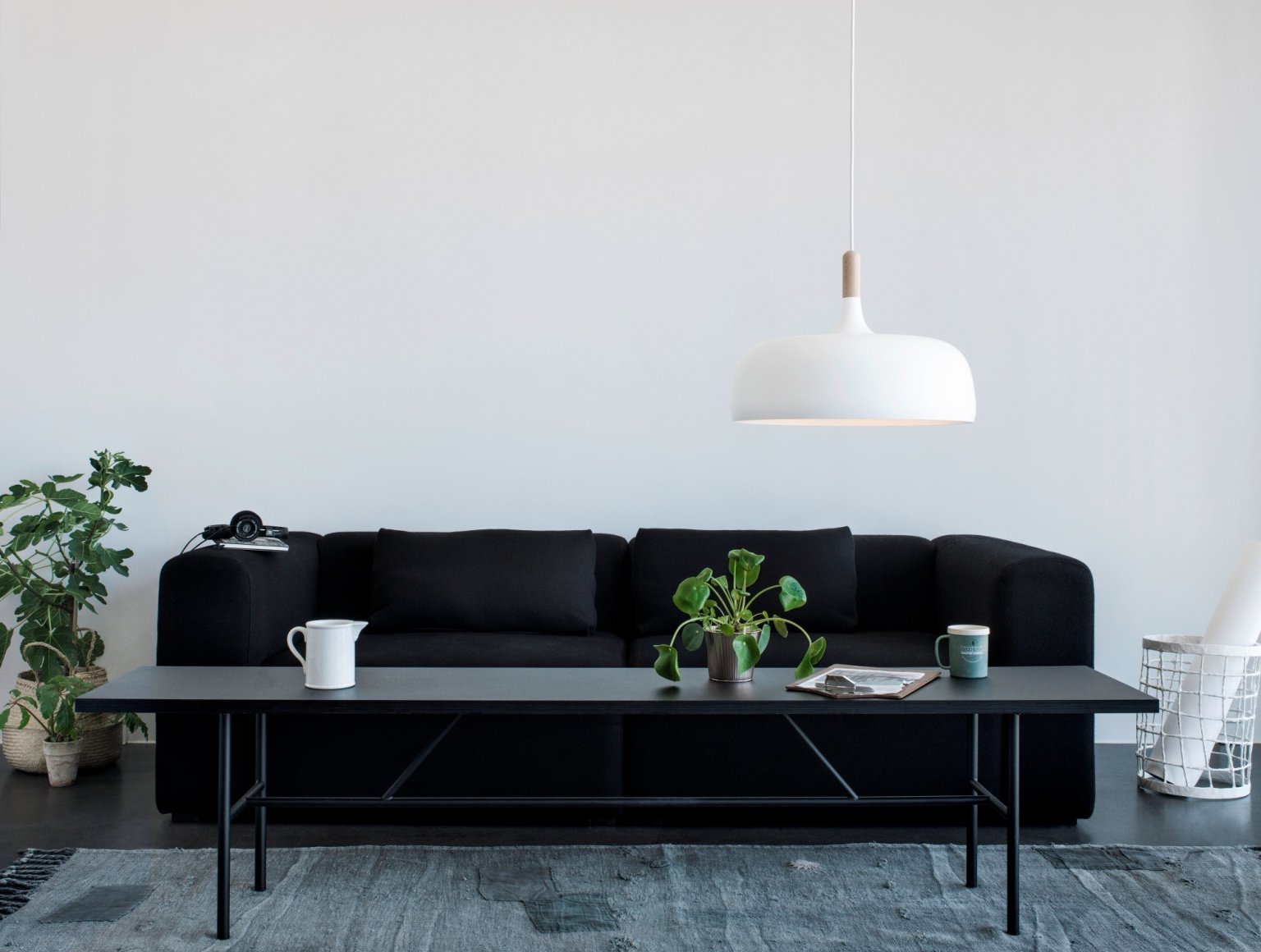
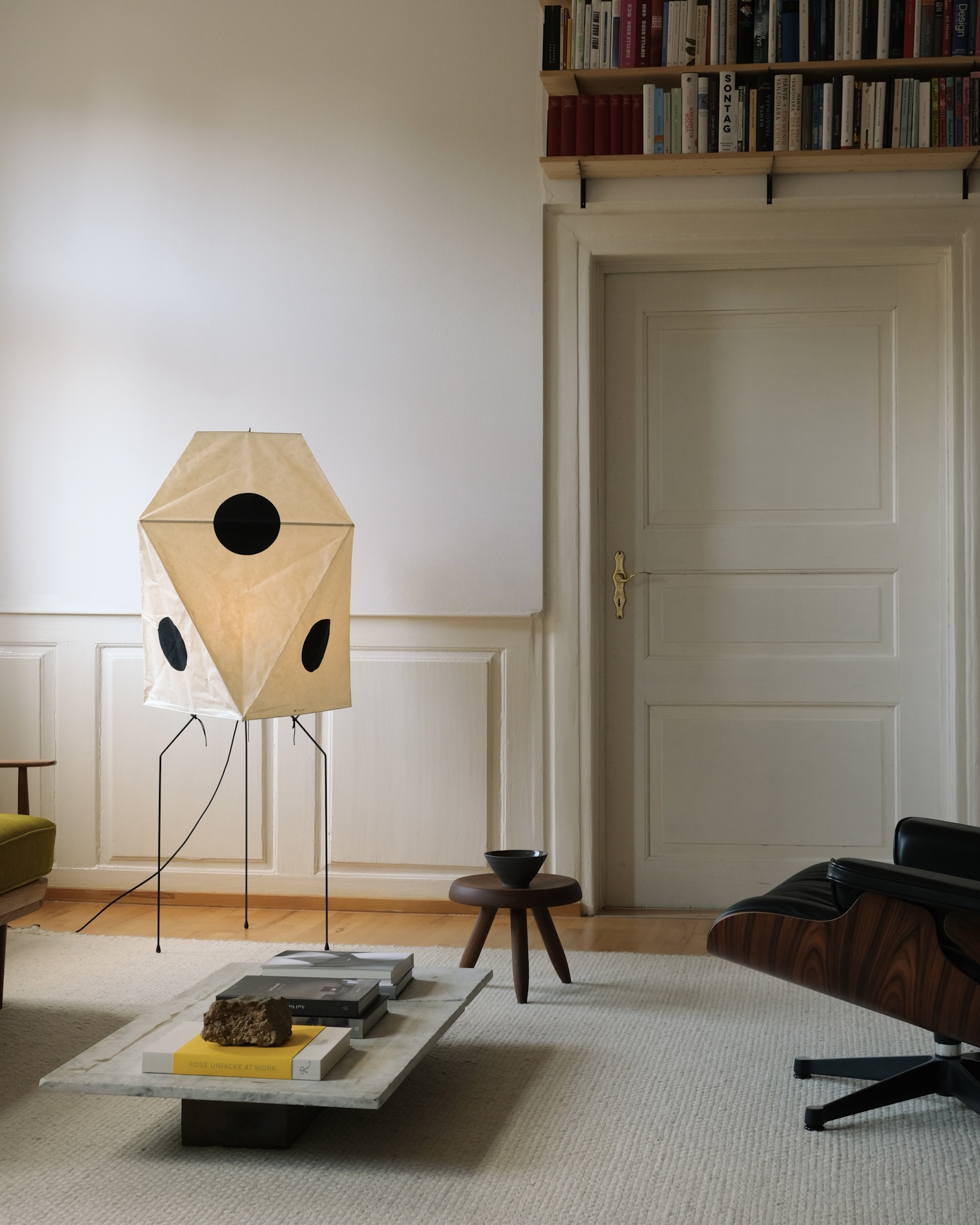
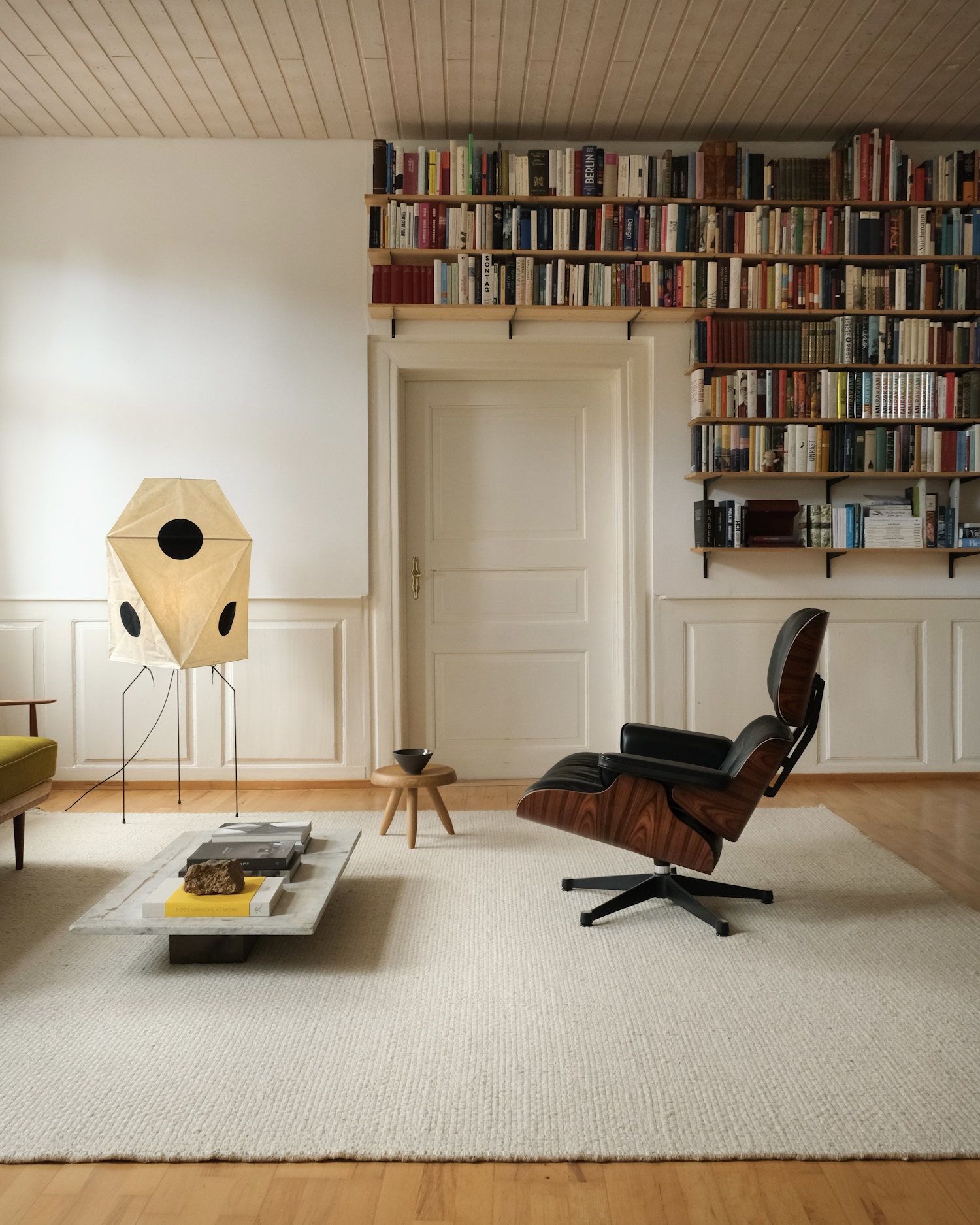
Both direct and indirect light sources should be present in the living room. Too much indirect lighting creates a lack of shadows and should therefore be supplemented with direct light. Direct light sources are particularly important for reading, writing, or even doing handicrafts. Direct light creates focused brightness and can highlight certain pieces of furniture or areas of the room, while indirect light creates a cozy atmosphere and mood. Indirect light sources are not exposed and enhance the room with their soft light. There are many options, such as recessed lighting, LED strips in ceiling niches, behind furniture, sculptures, or wall art, as well as ceiling spotlights that give the impression of higher ceilings. With little or no technical effort, the room takes on a special atmosphere. In addition, bare walls can be decorated with fairy lights, several wall lights installed in a row, or plant lighting.
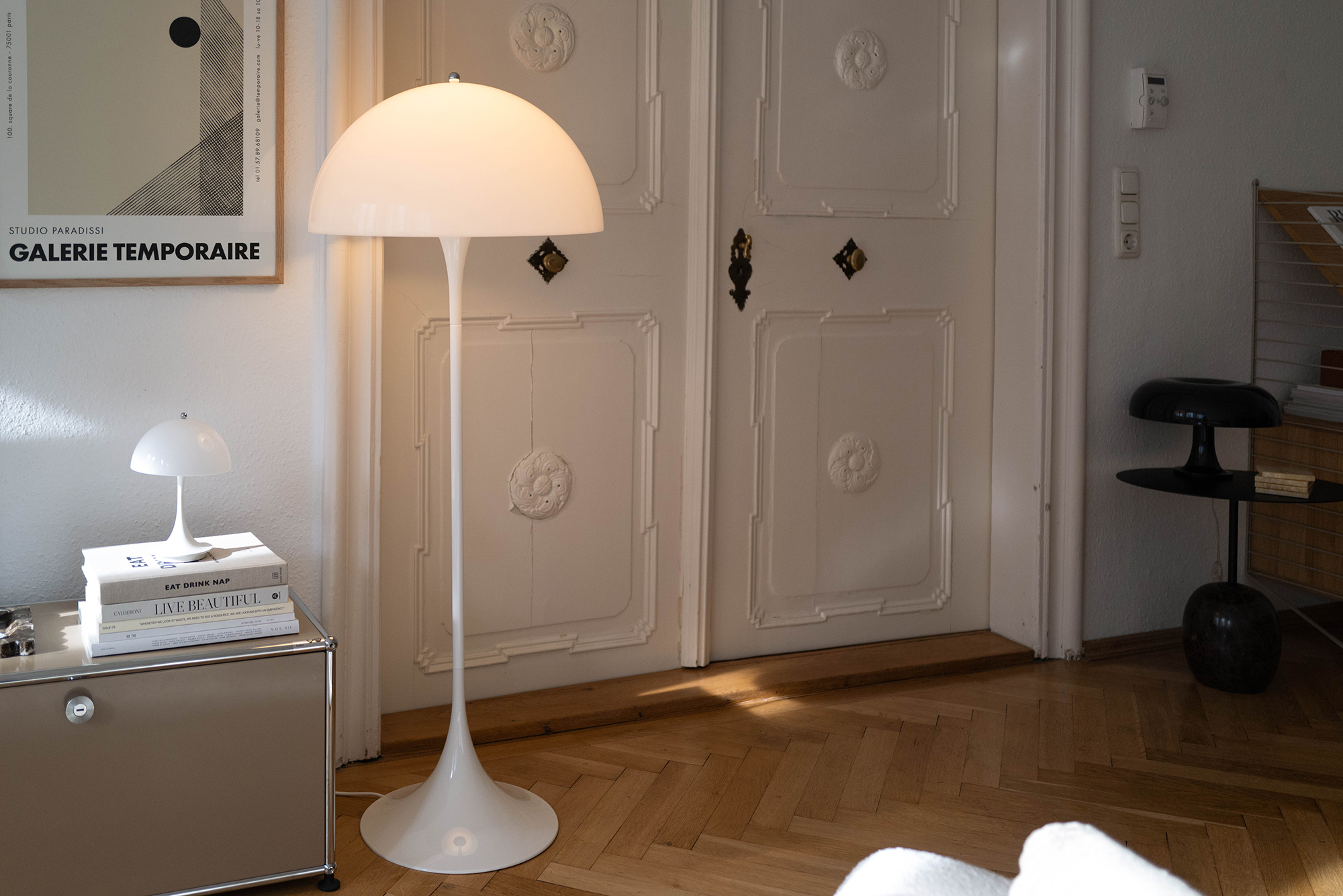
In the reading area of the living room, sufficient illuminance and good background lighting are essential, whereby the age of the reader should also be taken into account: a 60-year-old needs about twice the illuminance of a 20-year-old to achieve the same visual acuity.
An appropriate level of lighting in the reading area is achieved through a sensible combination of horizontal and vertical lighting, which avoids distracting direct or reflected glare and excessive contrasts between reading and room lighting. Sufficient basic brightness is also important to protect the eyes. Accordingly, the light from the reading lamp should always be supplemented by another light source and never used alone for reading.
The ideal reading light consists of flexible light sources in the form of table or floor lamps with rotating or swiveling reflectors and movable arms. A wide beam angle is particularly suitable, which is 40 degrees for LED reflectors and between 38 and 60 degrees for halogen lamps with reflectors. Lampshades that are open at the bottom are useful as they concentrate the light and focus it towards the book or newspaper. Dimmers are also recommended to adjust the reading light to the time of day and ambient lighting. To prevent premature fatigue, a balanced, well-proportioned lighting solution should be chosen that is neither monotonous nor too dark.
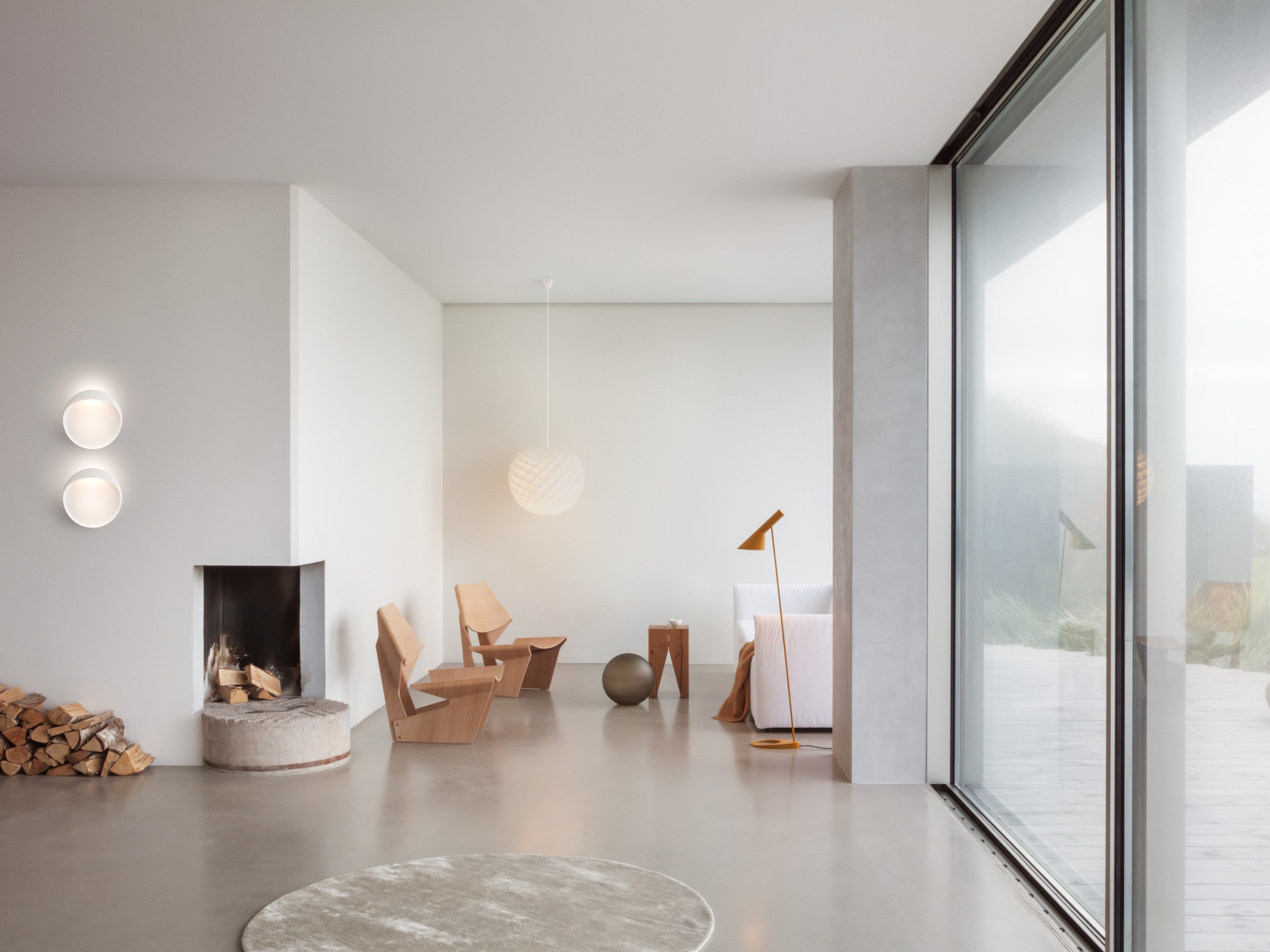
Light has an enormous influence on our well-being. So don't leave anything to chance and keep these 10 tricks in mind when planning your lighting to make every room look its best:
1. Plan for enough power outlets
When designing a new building, it is advisable to plan for plenty of power outlets. Renovation work, on the other hand, can be used as a good opportunity to add some power outlets—because the more power outlets there are in a room, the more flexible the lighting options are.
2. Design each room individually
Rooms should be planned independently of each other and the lighting must be adapted to the requirements of the respective room. You should also consider the different areas of a room, which are used differently and should therefore be lit differently.
3. Use light to create a varied sense of space
Since bright rooms without shadows can quickly appear monotonous and uncomfortable, accents should be created with light. Particularly dimly lit areas create variety and make the room more cozy, while cleverly used light in certain places can highlight features or make colors shine. Illuminated walls or spotlit ceilings make the room appear larger.
4. Opt for a combination of different lights
It's all in the mix: depending on what you are doing, you sometimes need more light and sometimes less. A combination of lights of different strengths and light colors distributed throughout the room is therefore a good idea. Experts recommend three to five light sources for 20 square meters. New lights can completely change the feel of a room, especially if they have a particularly extravagant design.
5. Avoid direct light and reflections
Before planning your lighting, observe your most frequent lines of sight to avoid direct light or reflections later on. When buying new lights, always look for shielded bulbs, as looking directly into a light source can be dazzling and irritating.
6. Plan for plenty of flexible lighting
Flexible lighting is important for adapting the lighting to the situation and providing the required brightness and atmosphere. Independently switchable lights are essential for this. Dimmers and swivel and rotating lights are also recommended.
7. Pay attention to the right light color
The light color, i.e., whether a light fixture emits a bluish-cool or warm white light, is a matter of taste. However, it should be kept in mind that warm white light has a relaxing effect on the human organism, neutral white light activates the mind, and daylight white light is particularly conducive to concentration and is therefore particularly suitable for the workplace. The ideal color temperature or light color should always be chosen according to taste and the requirements of a room.
8. Choose the right light source
If you want to create a cozy atmosphere, warm white light is recommended, which is also most commonly used in living spaces. Caution is advised with energy-saving bulbs, as different values apply here than with conventional incandescent bulbs: 11 watts replace the 60-watt incandescent bulb, while 20-watt energy-saving bulbs must be used instead of 100-watt bulbs. Energy-saving bulbs are particularly useful in areas where the light stays on for longer periods of time, such as in the hallway, kitchen, or workplace.
9. Install practical motion detectors
Motion detectors, for example in the hallway or on the basement stairs, prevent accidents. Guests do not have to fumble for the light switch in the hallway, indoor bathroom, or guest toilet. Lighting elements equipped with motion detectors are also invaluable for families with children.
10. Think about outdoor connections
Outdoor connections, sockets, and dimmers provide effective and practical lighting on the patio, balcony, or in the garden. They save a lot of hassle, create more atmosphere, and should not be neglected.